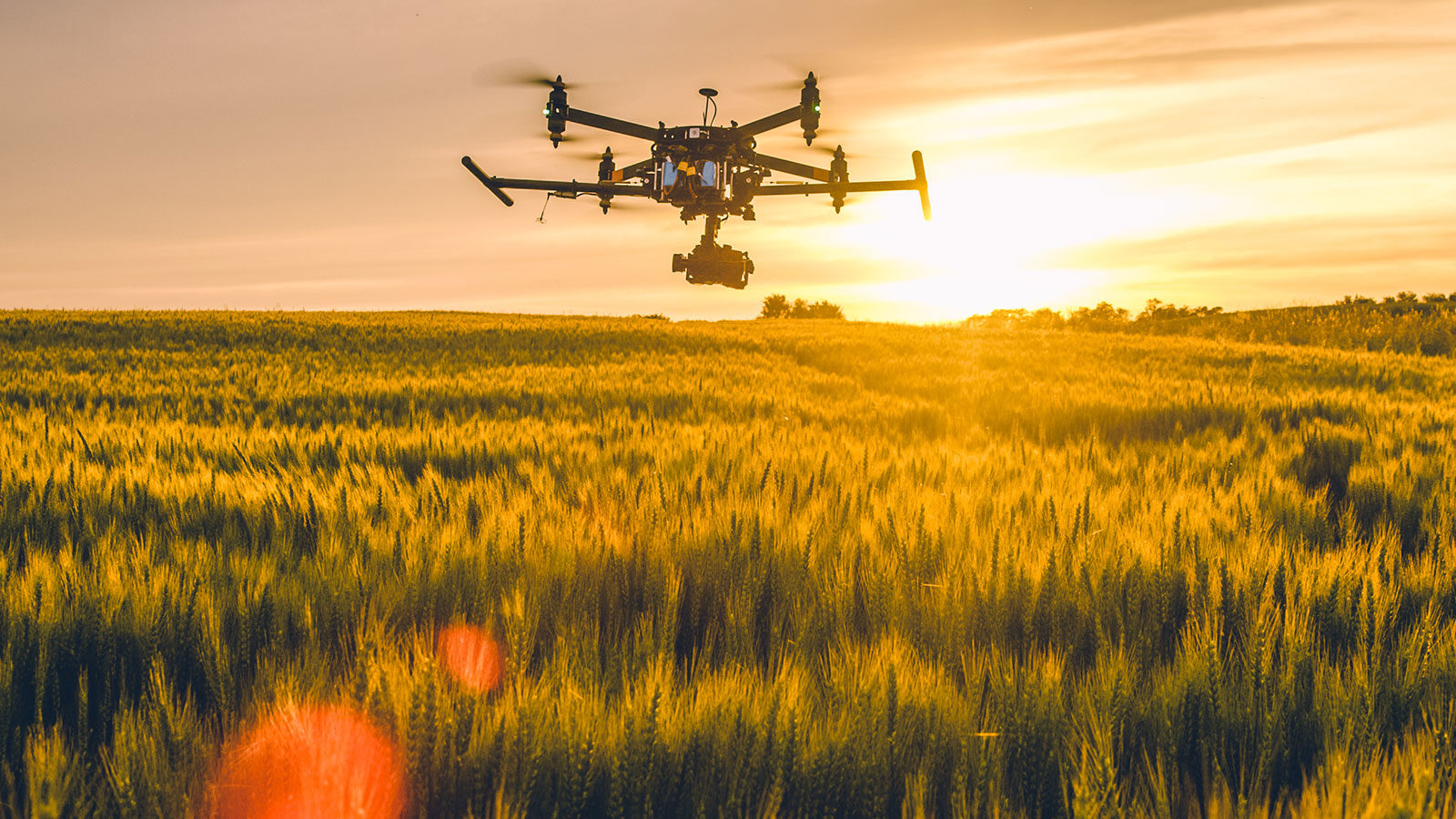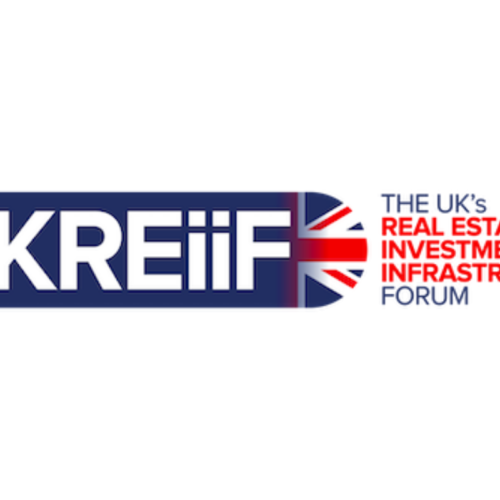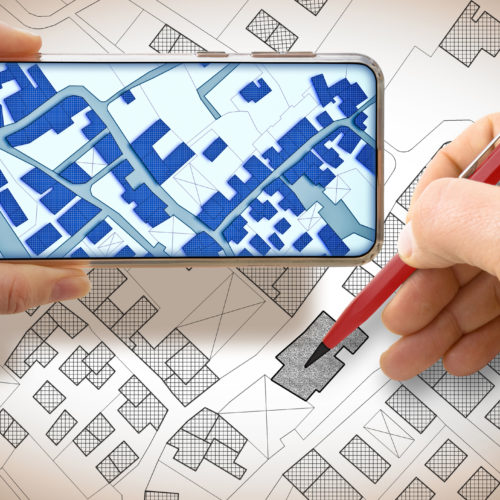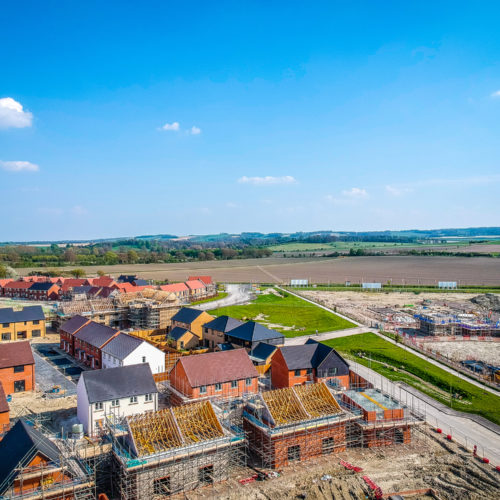‘The benefits of taking EIA forward through technology are clear and tangible; it doesn’t just make life easier for those undertaking the EIA, it leads to better outcomes for stakeholders, clients and the environment.’
Environmental Impact Assessment (EIA) is criticised by some regulators and project promoters as time-consuming, lacking real purpose and being focused on process rather than outcome. In reality, EIA is often a balance between competing priorities. As such, the outcomes can sometimes be lost in the process, but as the industry moves towards digitisation and innovations around online interactive multi-discipline work environments, EIA is increasingly seen as a powerful tool to realign divergent priorities and deliver positive outcomes.
Given its purpose, it should come as no surprise that the EIA process is closely aligned with the project lifecycle of infrastructure developments. It also then follows that some of the opposing priorities in EIA are shared with infrastructure projects in general. These include many common issues such as the balance between risk and programme. There are, of course, EIA-specific issues too, and these include issues such as the interplay between early investment of time and proportionality of the Environmental Statement (ES). Of course, for EIA, all other considerations are just part of the complex balance between necessary development and management of environmental impacts.
It is in these priorities, and the tension between them, that many disputes about EIA find their roots. One of the most common complaints about EIA centres, perhaps unfairly, around the time required to undertake the assessment. This debate is often characterised by two viewpoints which are sometimes quite uncompromising. One view characterises EIA as a lengthy, costly and perhaps unnecessary burden to major development, with proponents backing calls for reform – with an eye to paring down or even doing away with it entirely. The other viewpoint being that process driven, exhaustive EIA is always required to properly understand the potential impacts of a development. The optimal standpoint likely lies in between the two, in the form of proportional, outcome focused EIA.
It’s easy to recognise that lengthy, costly assessment processes could act as a barrier to necessary development, limiting economic growth and causing frustration for would-be developers, but on the other hand it’s equally easy to recognise the potential for environmental damage that unfettered development represents. If both of these exigencies remain, the question then becomes: ‘how can we simultaneously satisfy two conflicting priorities and achieve the balance of a proportional, timely, outcome focused assessment’? The answer, at least in part, is through the use of technology.
It’s widely accepted by proponents and critics alike that EIA, by its very nature, can be labour intensive. The work involved encompasses everything from desk-studies and extensive field work, through technical assessments to producing the ES itself. The latter being the end product that many people use to judge the ‘quality’ of the EIA. Whilst it seems some components of EIA can’t easily be improved or streamlined through technology, it is increasingly clear that many can.

Digitisation, automated data capture and interrogation, integrated GIS and the use of interactive technologies are just some of the ways that can be used to speed-up data collation, reduce the risk of human error, add consistency and robustness to the assessment and cut down on laborious reporting, as well as facilitate productive engagement with stakeholders. All of this helps to accelerate the assessment process whilst simultaneously enhancing it. The benefits of taking EIA forward through technology are clear and tangible; it doesn’t just make life easier for those undertaking the EIA, it leads to better outcomes for stakeholders and clients too.
There are of course challenges involved, as there are in any change – even one for the better. The most obvious being how the technology is woven together. Given that EIA consists of multiple, interlinked stages and incorporates inputs from a broad array of disciplines, it stands to reason that there is no single technology which answers all of the potential ways EIA can evolve. Instead, it seems clear that a suite of complementary technologies must be brought together with each part integrated in a way that supports the discrete, yet interlinked, stages of the EIA process.
Whether enhanced EIA will be best achieved through a single cohesive digital offering or perhaps, more practically, through a modular approach, remains to be seen. What is clear though is that digitisation of EIA must be well thought out in order to ensure that the golden thread of the assessment can be followed seamlessly from its earliest stages through to its conclusion.
It will probably come as no surprise that there’s already some movement across the industry towards a digital future, in fact there’s been increasing talk about it for some time. This has been backed more recently by a flurry of activity in-step with the Government’s push towards a data driven future, via policies like the new UK Digital Strategy.
Thomson Environmental Consultants have been developing digital tools for nearly a decade now, supporting our work on key projects such as HS2. Our tool-kit ranges from real-time data capture for field surveyors and online data visualisation for clients, to our newest offering, TESA, an app which enables rapid EIA Screening and facilitates site selection. We envisage tools like TESA will lead the charge in digitisation and help realise meaningful change in the industry – all the while delivering benefits for our clients.
Given that EIA was founded in the 1970s on forward looking principles, and has continued to evolve since then, it seems natural that the industry would maintain that forward momentum now. Weaving technology into EIA, to manage, analyse and interpret big data – delivering tangible and positive outcomes – is the next big step in the future of EIA. It’s also likely to form part of the potential EIA reforms the Government are consulting on towards the end of the year.
Adaptation to change, without compromising quality, speaks to the core values of EIA and is something we should all embrace.
Andrew Kenny
Senior Environmental Consultant, Thomson EC











